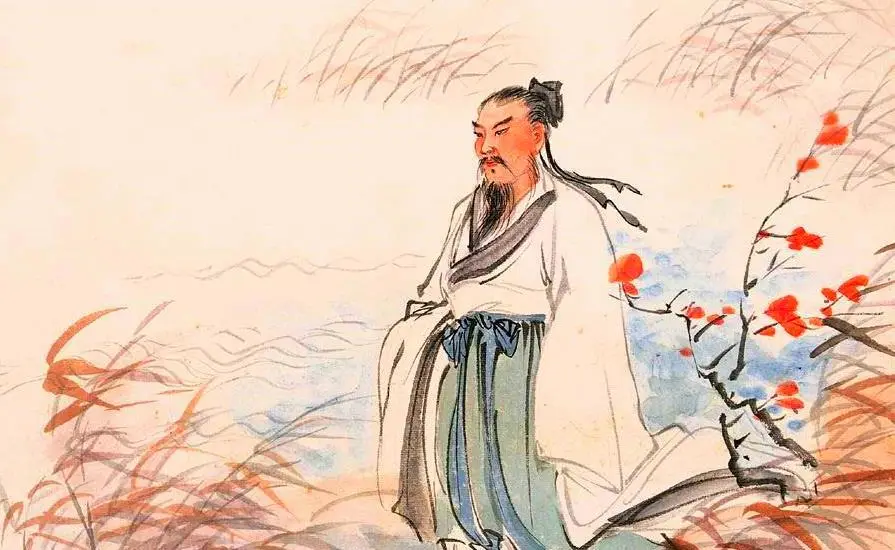About Meng Haoran

Meng Haoran (Chinese: 孟浩然; Wade–Giles: Meng Hao-jan; 689/691–740) was a Chinese poet and a major literary figure of the Tang dynasty. He was somewhat an older contemporary of Wang Wei, Li Bai and Du Fu. Despite his brief pursuit of an official career, Meng Haoran spent most of his life in and around his hometown Xiangyang of the Hubei Province living like a hermit, while creating poems inspired by its landscapes and milieu.
Meng Haoran was a major influence on both contemporary and subsequent poets of the Tang dynasty due to his excellency in Shanshui poetry and his composed, independent spirit. Meng was prominently featured in the Qing dynasty (and subsequently frequently republished) poetry anthology Three Hundred Tang Poems, having the fifth largest number of poems selected for a total of fifteen, exceeded only by Du Fu, Li Bai, Wang Wei, and Li Shangyin. These poems of Meng Haoran were made available in English translations by Witter Bynner and Kiang Kanghu with the publication of The Jade Mountain in 1920. In 2021, a complete translation of all Meng's poems by Paul W. Kroll was published as The Poetry of Meng Haoran, which also contains an introduction of Meng's life and historical contexts of his poetry.
The Three Hundred Tang Poems also collected two poems by Li Bai addressed to Meng Haoran, one in his praise and one written in farewell. Meng Haoran was influential to Japanese poetry